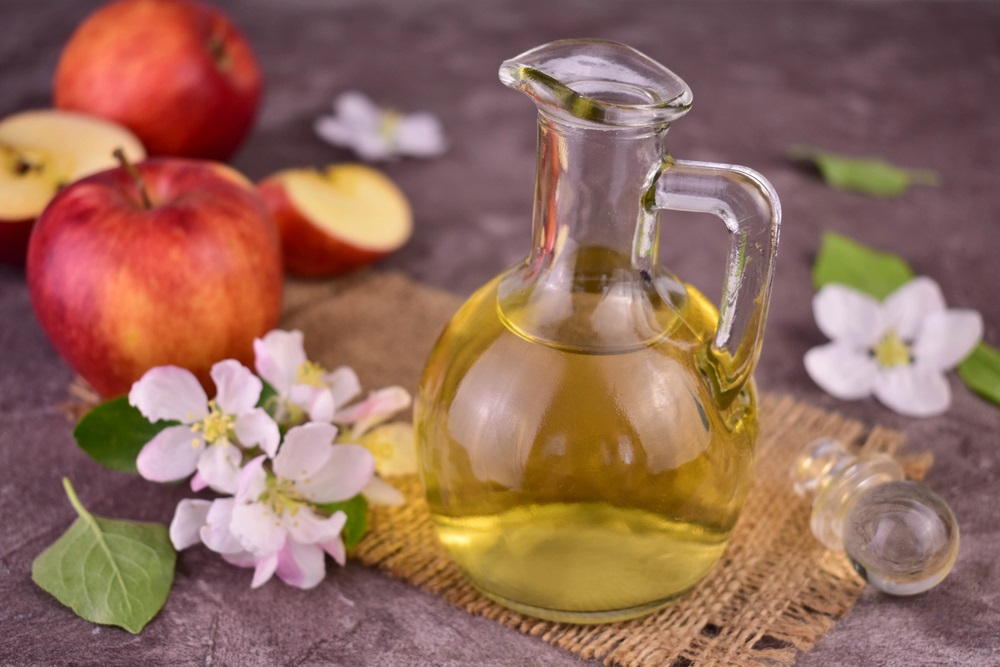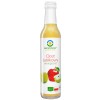
Although many of us associate vinegar mainly with the smell of cleaning or a classic addition to cucumbers, the history of this product is much deeper. Vinegar is the result of a natural fermentation process, present in almost every culture for thousands of years – not only as a spice, but also as a medicine and preservative. Today we will consider what exactly vinegar is, how it is made, whether it is good for your health and why it is worth reaching for specific types.
Where does vinegar come from? A history longer than the history of wine
Vinegar is one of the oldest fermentation products in human history. It is safe to say that where there was wine – there was vinegar. In ancient Mesopotamia, it was used already around 5000 BC, mainly for preserving food and for medicinal purposes. The Egyptians used vinegar for embalming bodies, the Greeks prescribed it as a remedy for fever and infections, and the Romans – as a daily drink for workers, diluted with water (so-called posca).
In the Middle Ages, the technique of maturing vinegar in wooden barrels was developed, which initiated the tradition of balsamic vinegar in the Modena region. In turn, in East Asia, the traditions of rice and plum vinegar developed in parallel. Interestingly, in many cultures, vinegar played not only a practical role, but also a symbolic one – it was perceived as a cleansing agent, both physically and spiritually.
How to make vinegar? The fermentation process in practice
To understand how vinegar is made, you need to start with the basics. It is the product of two successive fermentations:
• alcoholic fermentation – sugars present in fruit, wine, grains or honey are converted into ethyl alcohol by yeast,
• acetic fermentation – alcohol is converted into acetic acid by bacteria of the Acetobacter genus.
In practice, this means that if you leave an open bottle of wine or cider for a few weeks, there is a good chance that over time it will turn into... vinegar.
Ingredients, or what is vinegar made of?
What vinegar is made from depends on the type of raw material, but the classification of vinegars is quite clear:
• wine vinegar – from white or red wine,
• apple vinegar – from fermented apples or apple must,
• balsamic vinegar – from cooked grape must, maturing for up to a dozen years,
• raspberry, cider, rice, coconut vinegar – depending on local traditions and available ingredients.
High-quality vinegars are always made from natural fermentation, without accelerators, chemical additives and artificial preservatives. The longer the maturation process lasts, the deeper the taste and better properties.
What is vinegar exactly?
Although for many, vinegar is simply “something sour”, its actual definition is much more precise. Vinegar is an aqueous solution of acetic acid (CH₃COOH) produced by the fermentation of ethanol (ethyl alcohol). High-quality vinegar also contains other compounds: enzymes, microelements, organic acids and often the so-called mother of vinegar – a colony of acetic bacteria.
Typical kitchen vinegar contains from 4% to 6% acetic acid, but some – such as balsamic vinegar or unfiltered apple vinegar – have a much richer biological profile, especially if they have not been filtered or pasteurized.
Is vinegar good for you? A little about its effect on the body
Choosing the right vinegar does not have to be complicated, as long as you know what you are looking for. For those who prefer natural digestive support, a good starting point will be classic, unfiltered apple vinegar, which, thanks to the content of the so-called “mother”: (i.e. live bacterial cultures), can have a real impact on intestinal microflora. It is worth paying attention to the version of Apple Cider Vinegar 5% unfiltered Alce Nero – mild in taste, ideal for everyday use.
Slightly stronger in effect, but equally valuable, is the BIO Pięć Przemiany cider vinegar – more fruity, but still naturally fermented. For those who like slightly more dry flavors and are looking for polyphenols without alcohol, a better choice will be BIO La Bio Idea white wine vinegar – both white and red.
In turn, lovers of Mediterranean cuisine will appreciate the balsamic vinegar from Modena Alce Nero – thick, intense, with a noticeable grape character. It is more than a spice – it is an ingredient that enriches the taste and supports digestion.
All these products have one thing in common – they are based on traditional fermentation methods, without unnecessary additives, while maintaining the natural properties of the raw materials.
How to make homemade vinegar step by step?
Making vinegar at home is not difficult – it requires patience, but the effects may surprise you. Here is a simple recipe for homemade apple vinegar.
Ingredients
• 1 kg of apple peels (or sliced apples),
• 1 l of boiled water,
• 2 tablespoons of cane sugar (optional),
• jar or glass container.
Preparation
1. Place apples in a jar, pour water and sugar over them.
2. Cover with gauze, secure with a rubber band.
3. Set aside in a warm, shaded place for 2–3 weeks. Stir daily.
4. After this time, strain – pour the liquid into another jar, set aside for another 2 weeks.
5. Ready – pour into a bottle, store in a cool place.
Learn more also about how to make homemade ketchup.
Practical applications – vinegar not only for salad
It's time to expand on the topic of less obvious applications of vinegar – both in the kitchen and outside of it. Vinegar is one of the most universal products you can have at home. Here are some examples.
Cosmetics
• Hair rinse (especially with apple cider vinegar) restores the natural pH of the scalp, adds shine to the hair and prevents dandruff.
• Facial toner – has anti-inflammatory and disinfecting effects, especially in the case of acne.
Cleaning
• Apple cider and wine vinegar are good for cleaning kitchen and bathroom surfaces.
• Natural descaling agent for kettles and showers.
Garden
• A vinegar and water solution can be used against aphids and weeds.
• Neutralizes organic odors (e.g. from the composter).
Culinary
• Marinades: white wine and cider vinegar in particular add softness and aroma to meat and fish.
• Sauces: balsamic with honey and mustard creates an ideal dressing.
• Desserts: raspberry vinegar goes great with sorbets and fruit.
• For baking: apple vinegar supports the action of baking soda in vegan cakes.
How is vinegar made? What exactly is it? Summary
Vinegar is not just a spice – it is the result of natural fermentation, which can support health, improve the taste of dishes and perform dozens of functions at home.
• It is made from apples, wine, rice, coconut, and raspberries, among others.
• The most popular types of vinegar: apple, wine, balsamic, cider.
• Good vinegar is unfiltered, without chemicals, with a “vinegar mother”.
• Supports digestion, microflora, glycemia and immunity.
• You can make it yourself from fruit and water.
• It is used in the kitchen, cosmetics, cleaning and gardening.
• Choose organic and naturally fermented versions.
Check also: what is Himalayan salt?



